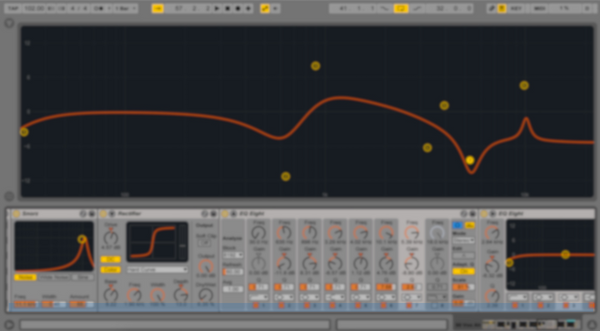
A lot of the subtractive vs additive EQ debate stems from the analogue times when recordings still contained a lot of noise. Boosting through additive EQ increased the loudness of such noise and was - simply put - therefore to be avoided.
Another argument against additive EQ that still holds nowadays is the "louder sounds better" trap. If you have two instruments occupying the same frequency band, boosting one to make it "cut through" will easily trick your ears into believing the overall mix sounds better - when it actually results in setting off the balance of your mix.
Reading your way through the internet you will find an endless debate on the subject, which is why we are simply going to share our personal typical practice here:
We are using Subtractive EQing
- to cut out elements we don’t want / or need
- when we are trying to clean up frequencies that are being occupied by more instruments / sounds. We are figuring out which instrument we want to make stand out and perform a cut on the other ones in that area
- cutting off harsh sounding resonances on any sound (we are using a narrow bandwidth, notching out the disturbing noise)
- avoiding a "louder is better" boost to make an element stand out - rather cut others
We are using Additive EQing
- while working on our sound designs
- to add a little bit of extra nuances here and there to make a sound stand out
- when using an EQ plugin that adds a certain "color" to the sound (for example because its modeled after an analogue EQ)
Learn more about Subtractive vs. Additive EQing and how to deal with it when mixing:
NEW PML 5h+ Course: Mixing A Track From Scratch in Ableton (with stock effects)
Keywords: louder sounds better trap, additive EQ, subtractive EQ, frequency masking, boosting, cutting